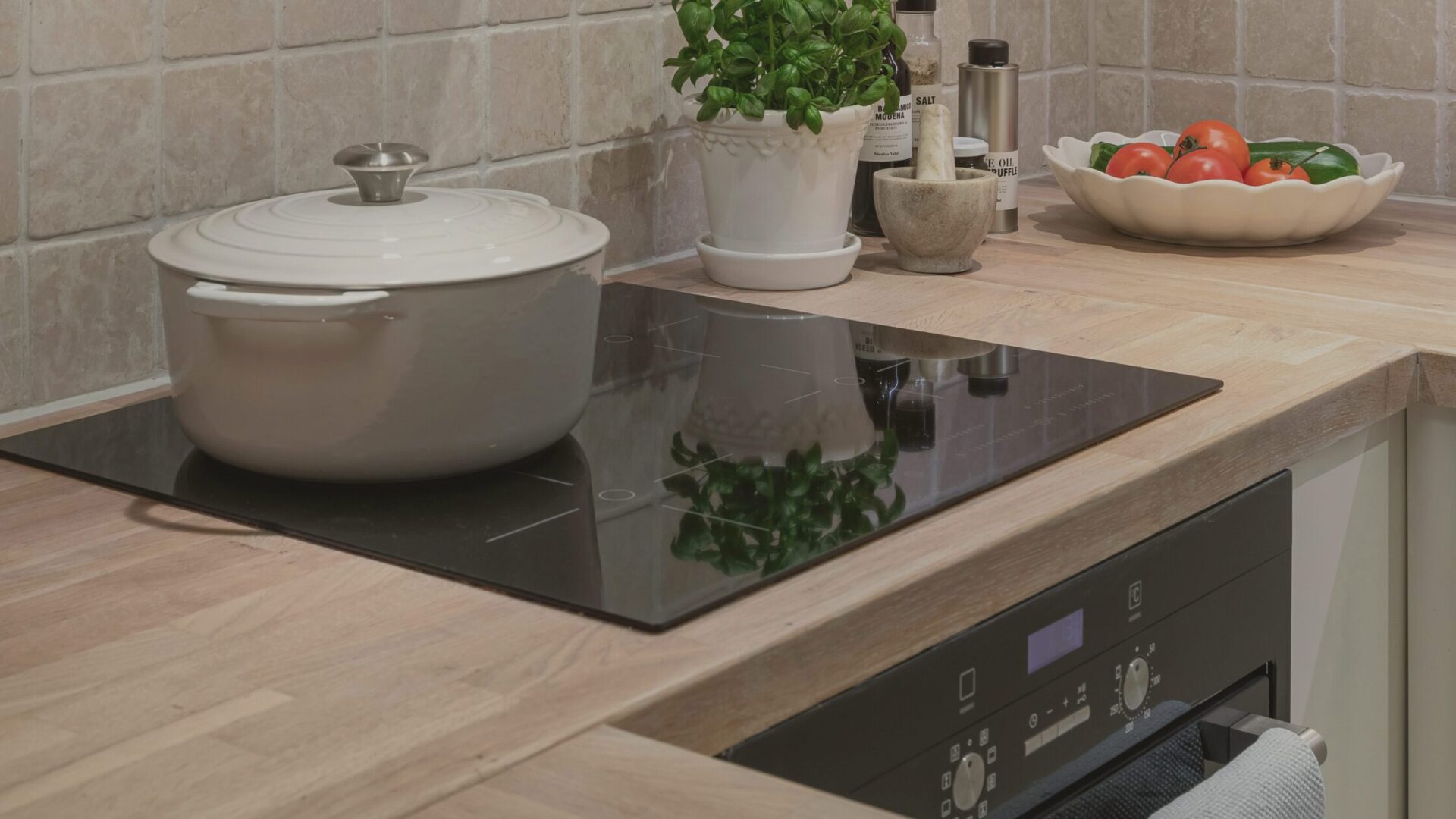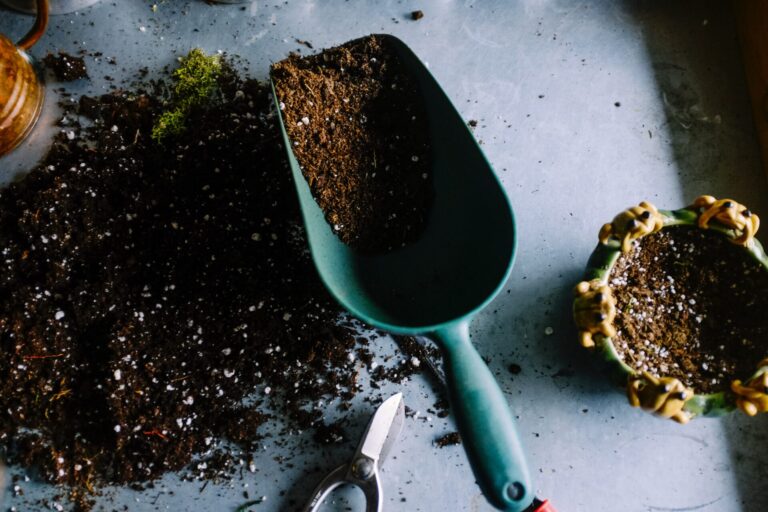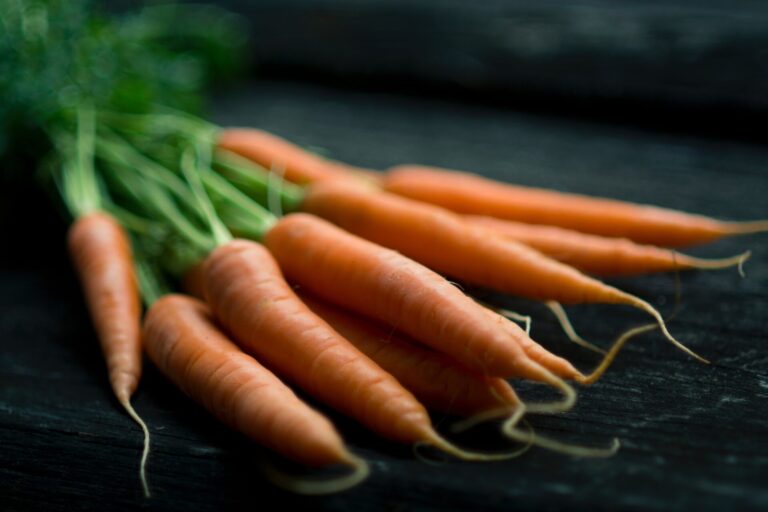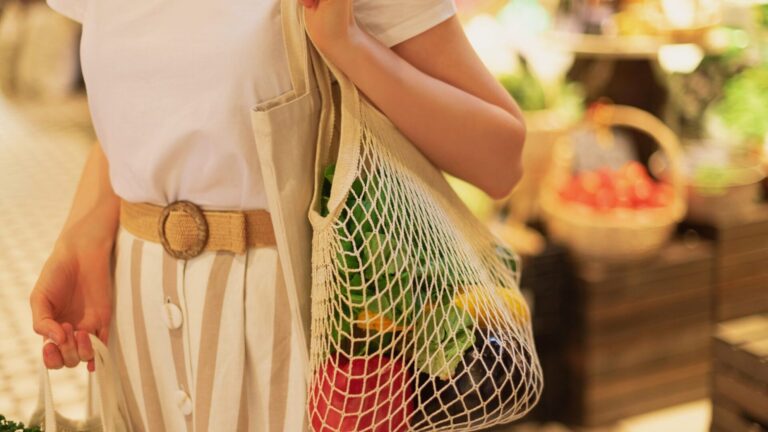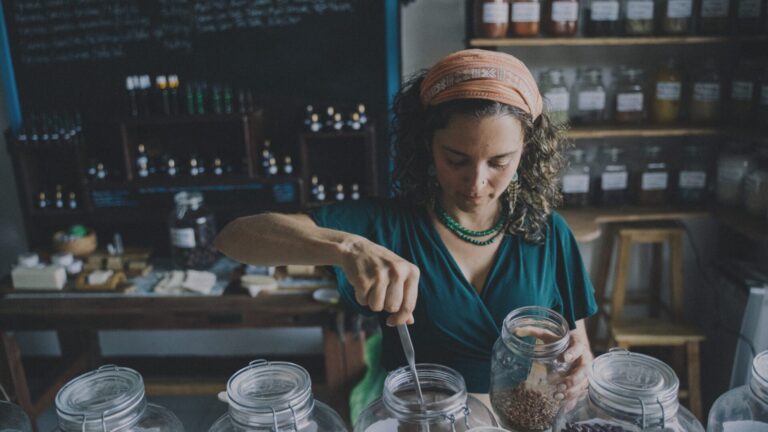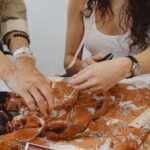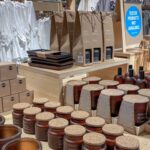Ready to make your kitchen more eco-friendly but don’t know where to start? You’re in the right place.
As scientists uncover more evidence about the environmental and health risks of plastic cookware and chemical coatings, switching to sustainable alternatives has never been more important. The good news? You can start small and make a real impact.
Why Traditional Kitchenware Is a Problem
Environmental Impact
Microplastic pollution: Plastic utensils and containers shed tiny particles during use and washing. These microplastics flow into waterways, harming marine life and ecosystems.
Forever chemicals: Non-stick coatings contain PFAS (per- and polyfluoroalkyl substances), which don’t break down naturally. They persist in the environment for thousands of years and contaminate air, water, and soil during manufacturing.
Carbon footprint: Producing traditional non-stick coatings generates significantly more CO2 than ceramic alternatives.
Health Concerns
High-temperature cooking can cause chemical coatings to deteriorate, releasing toxic compounds. Plastic containers leach chemicals into food, especially when heated. These risks make switching to safer materials essential for your family’s health.
What to Look for in Sustainable Kitchenware
Avoid These Materials
- Plastic cooking utensils and containers (especially black plastic from e-waste)
- PTFE and PFAS-coated non-stick cookware
- Products with synthetic chemical coatings
Choose These Instead
- Stainless steel: Durable, chemical-free, and long-lasting
- Cast iron: Heat retention champion that improves with age
- Ceramic: Low environmental impact with minimal leaching risk
- Glass: Heat-resistant and completely non-toxic
- Sustainable wood: FSC-certified timber for cutting boards and utensils
Additional Criteria
- Take-back programs
- Long warranties and repair services
- Renewable energy manufacturing
- Recyclable packaging
11 Brands Leading the Sustainable Kitchen in Japan
GREEN PAN : Ceramic Technology Pioneer
Key Features:
- No toxic chemicals like PFAS
- Sustainable manufacturing and recycling systems
- Excellent heat conduction enables energy-efficient cooking
Belgian-born GreenPan was the world’s first brand to develop ceramic coating. They create safe cookware without harmful chemicals like PFAS. Their high thermal efficiency means you can cook deliciously even with lower heat settings. They’ve also introduced a system to collect and recycle used frying pans for free, contributing to resource circulation.
SHOP
OIGEN : Traditional Nambu Ironware
Key Features:
- No chemical coating
- Unique technique without enamel
- Sustainable cookware for long-term use
OIGEN’s “uncoated raw finish” is Nambu ironware finished without any chemical paints or enamel. It conducts heat effectively, bringing out ingredients’ natural flavors. With proper care, it can be used semi-permanently, making it truly long-lasting rather than disposable. They also offer paid repair services, supporting sustainable living.
Caraway : Beauty Meets Functionality
Key Features:
- Free from PTFE, PFOA, PFAS, lead, and cadmium
- 100% recyclable sustainable packaging
- Manufactured in BSCI and SMETA certified factories
Their ceramic coating contains no harmful substances, so you don’t have to worry about unwanted components leaching into your food. They use durable 5-layer stainless steel, balancing usability with longevity. Packaging uses recycled cardboard and low-impact inks with zero single-use plastic. This brand values making products that are kind to both the environment and people.
Lodge : 120 Years of Cast Iron Heritage
Key Features:
- No synthetic chemical compounds
- Pre-seasoned with plant-based soybean oil
- Sustainable cookware for long-term use
Lodge has been America’s #1 brand for over 120 years. Their cast iron comes pre-seasoned with soybean oil, so it’s ready to use immediately. They use only natural methods without chemical compounds, ensuring safety. With excellent durability, the character improves with age, making it truly sustainable cookware.
SHOP

Le Creuset : French Traditional Enamel Technique
Key Features:
- No fluororesin coating
- High durability for long-term use
- Resource-conscious manufacturing
Born in 1925, Le Creuset uses traditional techniques passed down by French artisans to create enamel cookware. Instead of fluororesin, they use glass-based enamel coating for both durability and beauty. Resistant to scratches and odors, it makes daily cooking more comfortable. Contributing to resource circulation, these are truly “lifetime” pots loved across generations.
stasher : Reusable Silicone Bags
Key Features:
- Free from BPA, BPS, lead, and phthalates
- Meets food safety standards in the US, Canada, EU, and Japan
- Versatile from freezer to oven, built to last
stasher bags are made from 100% pure platinum silicone and can be used repeatedly, helping reduce single-use plastic bags. They’re dishwasher, microwave, freezer, and oven safe with excellent durability. Meeting food safety standards worldwide, they’re a safe, sustainable choice for food storage and cooking.
SHOP
Zip Top : Platinum Silicone Storage Containers
Key Features:
- Free from BPA, lead, phthalates, and PVC
- Can be reused thousands of times with high durability
- Recycling and take-back programs available, with recyclable packaging
American brand Zip Top creates reusable storage containers from 100% platinum silicone. Compatible with freezer, refrigerator, microwave, and dishwasher, they’re a sustainable alternative to single-use plastic. Their thickness allows them to stand upright, making them versatile from storage to cooking. They also engage in upcycling and take-back programs, contributing to waste reduction.
SHOP
Epicurean : Sustainable Cutting Boards
Key Features:
- NSF and GreenGuard certified
- Uses renewable energy and waste material recycling
- High durability for long-term use
Made in Wisconsin, USA, Epicurean cutting boards use natural wood fiber composite materials and are built to last. Their production process recycles waste materials and uses excess heat for warehouse heating, achieving thorough resource circulation. They generate about 25% of their energy from solar power, significantly reducing environmental impact. As tools that support daily cooking, they offer both functionality and sustainability.
HARIO : Heat-Resistant Glassware
Key Features:
- FSC® certified environmentally considerate paper filters
- Uses recycled heat-resistant glass to reduce waste
- Long-lasting design with parts sales and repair services
HARIO’s V60 coffee filters, made with traditional Japanese techniques, use FSC® certification to contribute to forest conservation. They also recycle heat-resistant glass that didn’t become products, reducing resource waste. With parts sales and repair services for long-term use, this brand supports environmentally friendly sustainable living.
BALIISM : Bamboo Sustainable Cookware
Key Features:
- Uses natural bamboo materials
- Plastic-free
- Zero-waste packaging
BALIISM is a Japanese sustainable brand. Drawing on Bali’s wisdom of coexistence with nature, they craft cookware primarily from bamboo and other natural materials. Without relying on plastic, each carefully made product has warmth and can be cherished for years. With minimal, environmentally considerate packaging, it’s perfect for those wanting to incorporate natural gentleness into their lifestyle.
mana. ORGANIC LIVING : Plant-Based Kitchen Products
Key Features:
- 100% plant-based materials, microplastic-free
- Biodegradable, designed to return to nature
- Sustainable packaging using FSC-certified kraft paper
mana. ORGANIC LIVING’s kitchen sponges are environmentally friendly items made entirely from natural materials. They’re biodegradable, returning to soil after use, and don’t release microplastics that cause ocean pollution. Their packaging uses FSC-certified kraft paper with absolutely no plastic, showing thorough eco-design. Through daily dishwashing, you can make choices that are kind to both the earth and the future.
Making Your Sustainable Kitchenware Last
Care by Material Type
Cast Iron: Wash, dry completely, apply thin oil layer. Natural non-stick improves with use.
Ceramic Coating: Skip cooking sprays—use minimal oil instead. Hand wash when possible. Avoid temperature shocks.
Stainless Steel: Most durable option. Light scrubbing removes stains. Built to last decades.
Wood: Monthly mineral oil treatment. Clean with lemon and salt, never bleach or harsh chemicals.
Universal Tips
- Use medium heat (high heat damages most surfaces)
- Choose wooden or silicone utensils
- Hand wash when possible
- Store properly to prevent damage
- Regular maintenance prevents replacement
The Bottom Line
Switching to sustainable kitchenware isn’t about perfection—it’s about progress. Start with one piece, learn how to care for it properly, and expand gradually.
These investments pay off through better cooking performance, improved health, and reduced environmental impact. Cast iron and stainless steel can literally last generations. Even ceramic and glass products, with proper care, outlast traditional non-stick by years.
The brands we’ve highlighted prove that sustainable doesn’t mean sacrificing quality or style. From GreenPan’s innovative ceramics to Lodge’s time-tested cast iron, these companies are making it easier than ever to cook sustainably.
Your kitchen is where sustainability becomes personal. Every meal becomes an opportunity to support your health and protect the planet. Start today—your future self (and the environment) will thank you.
